Pet lovers commonly prefer domesticated pets like Dogs, Cats, white mice, birds like lovebirds, parrots, pigeons, etc., fish and rabbits. Some pet lovers however prefer facinating pets like snakes. Keeping a snake as a pet is not for the weak hearted. The biggest hurdle to the fulfilment of this dream is the opposition from family. For those who manage to move on despite all and reach the stage of pet selection, the main factors that help in decision making are hardiness, temperament, cost, feeding issues, breeding success, variety of colors and size. These are just basic guidelines and there may vary person to person
Steps to Choose Your Snake
- A captively bred snake from a reputed breeder should be preferred to wild ones as the later tend to be more stressed and prone to diseases
- Do a cursory exam of your snake to check for any signs of illness
- Ask for a feeding demonstration, to ensure your new snake is readily taking pre-killed prey and feeding well.
The following criteria will help you choose the most apt snake as your pet.
- Hardiness refers to the snake’s health.
- Temperament refers to the behavior
- Cost – Depends on factors like species, gender, color and age of your pet.
- Feeding issues –these vary with individual snakes and are not dependent on breeds.
- Breeding success –depends on the owner’s aspirations and compatibility of the breeding pair.
- Variety of colors
- Size – There is no good size or bad size of snake, just purchase one that fits your preference as an adult.
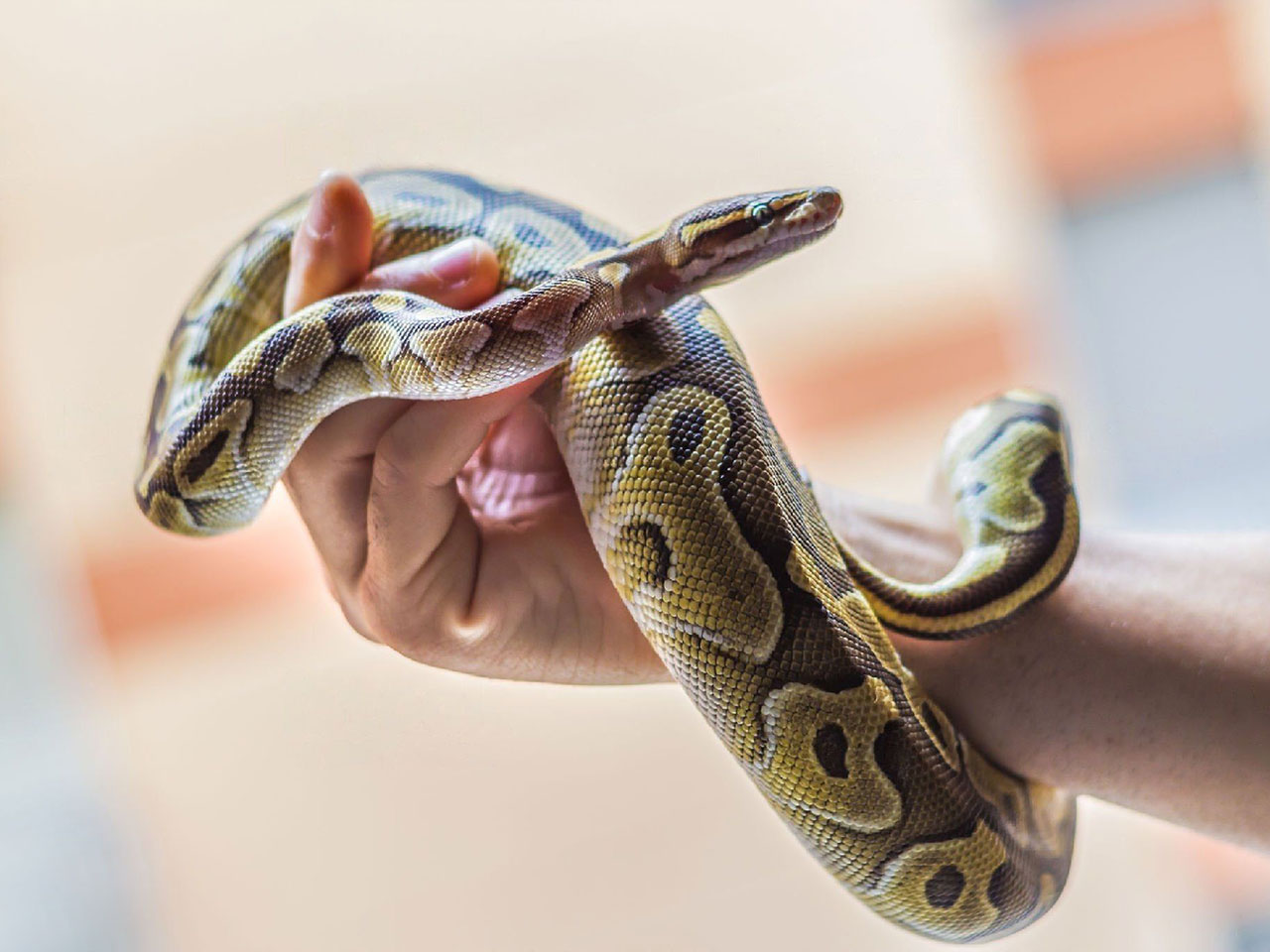
In case you are wondering why so many issues, you must realize that having a snake for a pet is no cake walk. This is a long term commitment. Most snakes live for 20 plus years with proper care. Understanding the various criteria will help you select the snake breed that is best suited to you.
Boa Constrictor
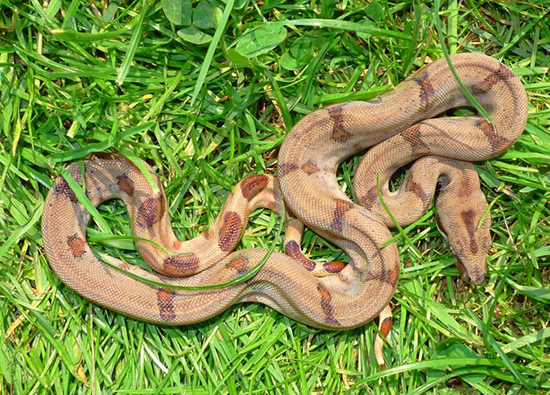
Easily available, attractive and a fun show-piece, they ultimately become very larger (in excess of 10 feet) making many people uncomfortable. They are a tropical species requiring high humidity and temperatures that are difficult to duplicate in captivity. Require lot of care and attention.
Mountain King snake
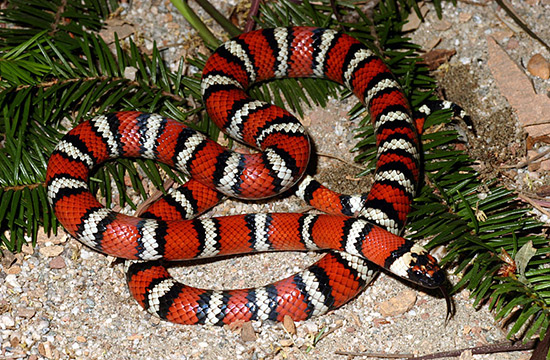
Pretty mountain dwellers, they prefer cooler temperatures. Fastidious eaters, they require lot of care and attention.
Gray-banded King
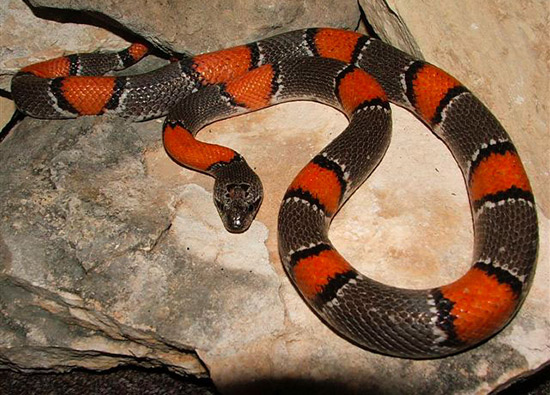
Available in a variety of patterns, they have buggy eyes and are difficult eaters. Require lot of care and attention.
Milk Snake
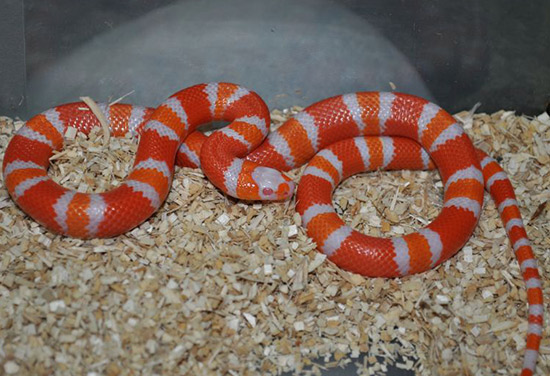
Found in a wide variety of colors and sizes and very shy, they do not like being handled.
Hognose Snake
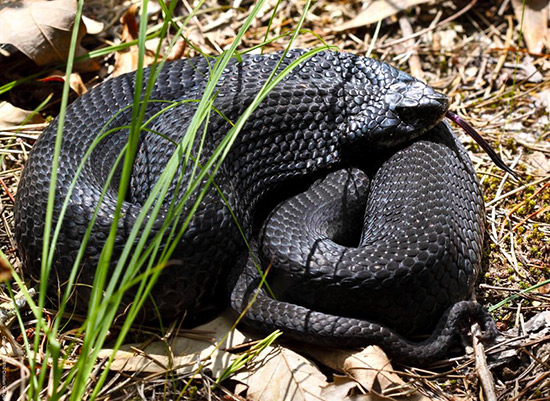
Small snakes, they love bluffing. They are rarely defensive especially in captive conditions.
Gopher/Bull Snake
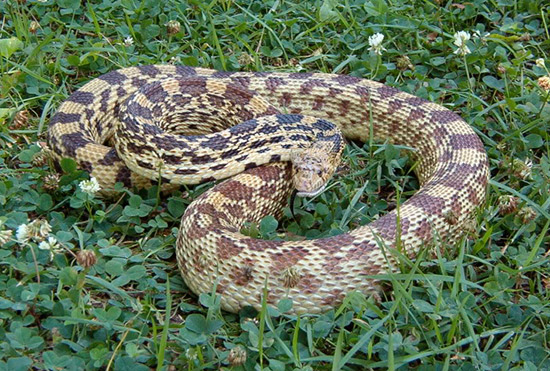
Normally very healthy, they rarely have feeding problems. On the contrary, some varieties tend to be larger, more aggressive and big eaters.
Ball Python

They are available in a variety of patterns, and easy on the pocket. Durable, healthy, easy to breed, calm for handling and relatively small size make them great pets.
Common King Snake
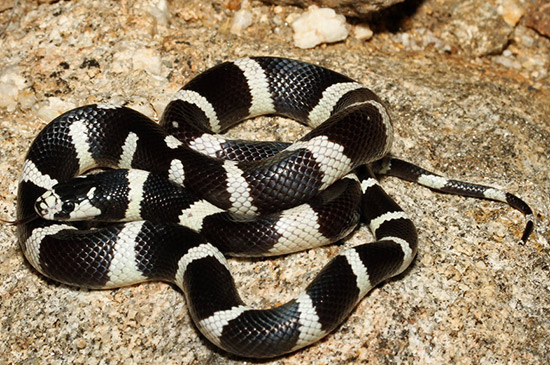
Common Kings attain a manageable size, hardy, and good feeders. Captive breeds are easily available and make great starter snake pets.
Garter Snake
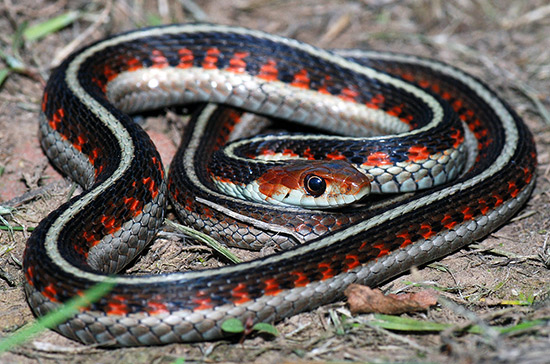
Inexpensive and hardy, they prefer a diet of fish, making feeding a little problematic.
Corn Snake
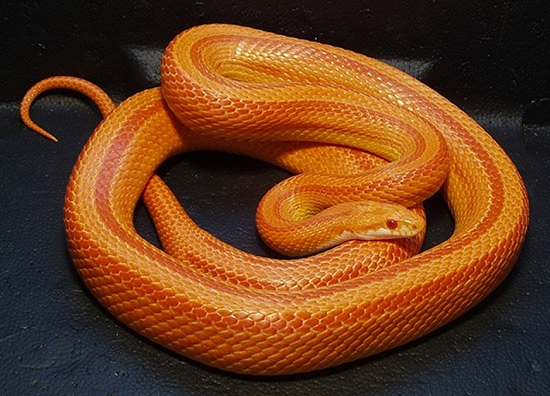
Cheap, hardy, readily available as captive bred, good eaters and pretty these snakes come in a huge variety of colors.
Conclusion
Keeping pet snakes, can be a very rewarding hobby as well as an extremely educational experience. Snakes are fascinating, with unique requirements and should only be kept by those with the commitment to understand and meet their needs. Whatever snake is chosen, new owners should be familiar with the proper care and feeding, the behavioral characteristics, and the commitment required to keep the snake.





